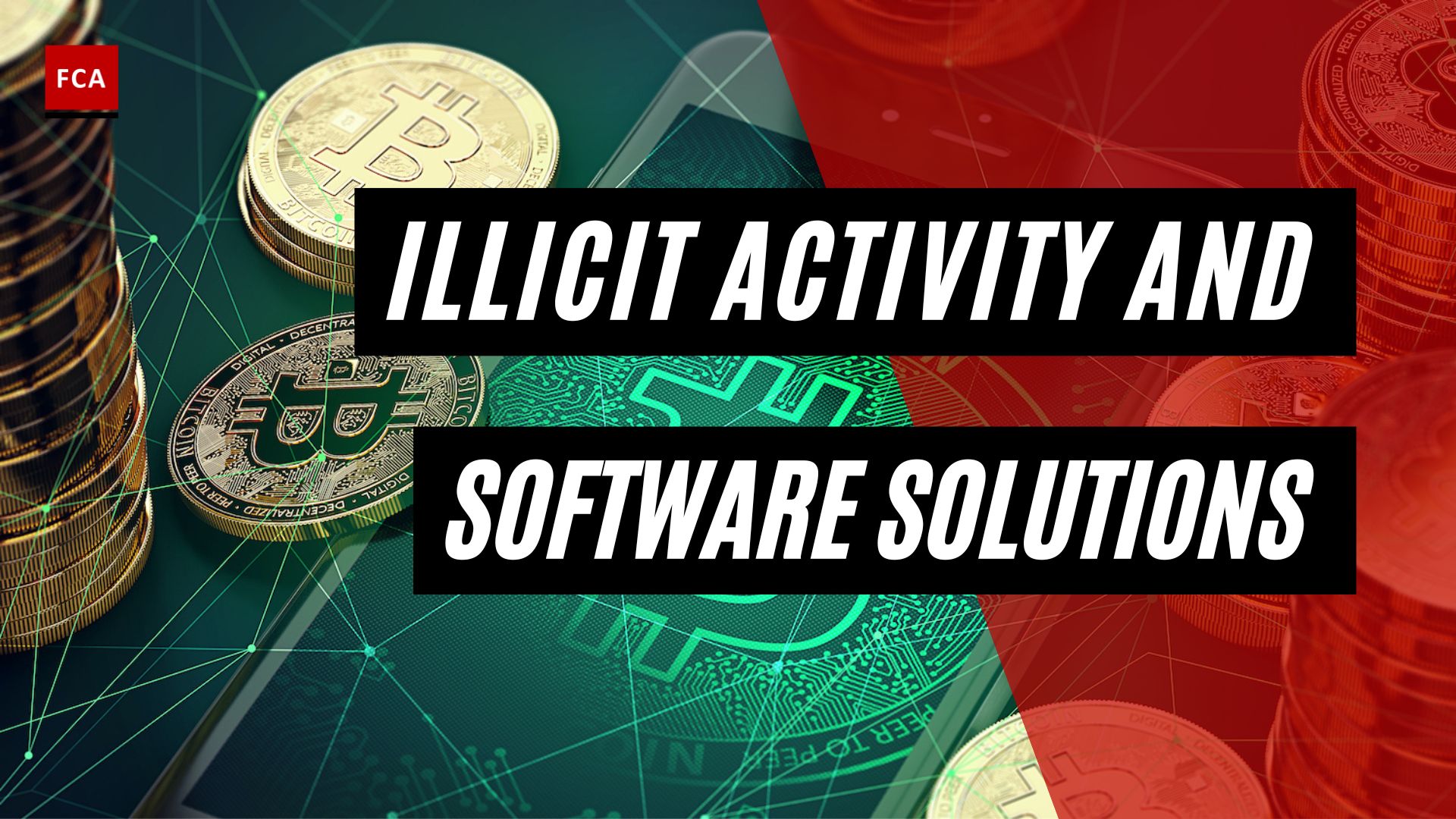Common issues in smart contracts, such as re-entry attacks, syntax errors, frontrunning, and others, pose significant risks to their functionality and security.
Comprehensive audits are thus crucial to detect these vulnerabilities early, ensuring the contract operates as intended while maintaining the integrity of all transactions.

Identifying and Mitifying Common Issues in Smart Contracts
Different common issues are related to the smart contracts, which may be detected during the performance of an audit, such as:
- Re-entry attacks – This happens when a threat actor repeatedly calls a function in a smart contract, enabling them to drain the balance of the contract or conduct other malicious deeds. In smart contract audits, re-entry vulnerabilities can be detected by looking for instances where external actors repeatedly call specific functions in the contract.
- Syntax errors – Syntax errors can hinder the functioning of smart contracts, preventing them from operating as intended and increasing security risks. By performing a smart contract audit, you can identify such errors in the code, which are frequently caused by logical or structural mistakes.
- Frontrunning – This attack occurs when a bad actor can see and act on transactions before they are confirmed on the blockchain by assuming their timing and order. It is possible to prevent this by auditing smart contracts to identify ways malicious actors might gain an informational advantage over other actors in the contract.
- Undefined behavior – During smart contract audits, undefined behavior can be detected by locating areas in the code where the behavior of the contract is unclear, creating confusion and vulnerabilities.
- Integer overflow and underflow – It is one of the most common errors found in smart contract development, wherein a contract tries to execute a mathematical operation that exceeds the maximum or minimum number that can be represented by the data type used. Smart contract auditing can overcome this issue using a formal verification technique.
- Data exposure – During smart contract audits, variables, memory locations, and external calls that leak sensitive information to the public can be identified.
- Timestamp dependence – Malicious actors can manipulate a smart contract that relies on the current timestamp for important decisions. By identifying parts of the code where timestamp dependence affects the contract’s behavior, auditors can detect timestamp dependence.
- Denial of service (DoS) attacks – In a DoS attack, a hacker overloads the contract by using many transactions or requests and prevents the contract from functioning properly. During an audit, areas of the code prone to high traffic or other forms of overload can be detected and resolved.

Final Thoughts
The complexities and potential vulnerabilities inherent in smart contracts necessitate rigorous and comprehensive audits. Such audits aim to uncover issues like re-entry attacks, syntax errors, frontrunning, undefined behaviors, integer overflow and underflow, data exposure, timestamp dependence, and susceptibility to DoS attacks.
As smart contracts continue to revolutionize transactions and agreements across various sectors, ensuring their security, reliability, and integrity remains paramount. By proactively identifying and mitigating these common issues, we can harness the full potential of smart contracts while safeguarding the interests of all parties involved.








